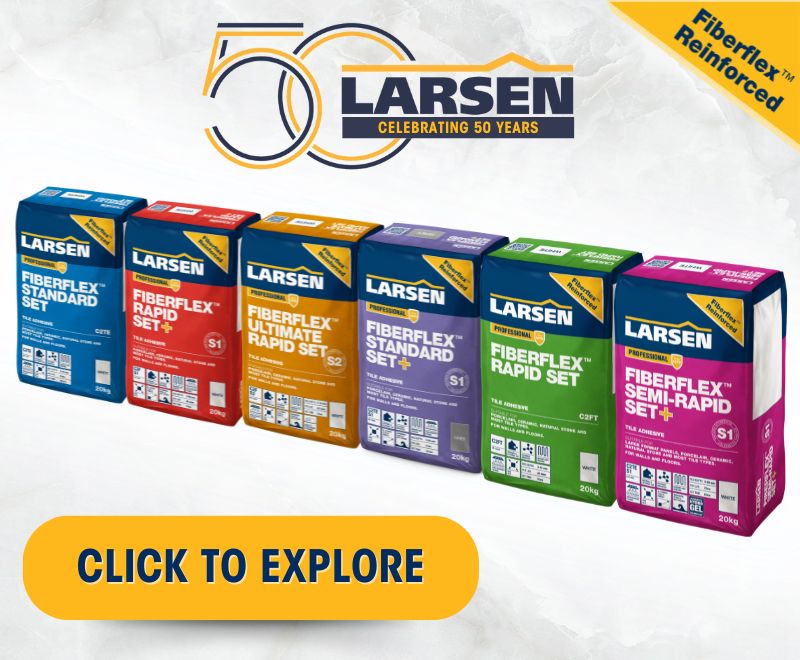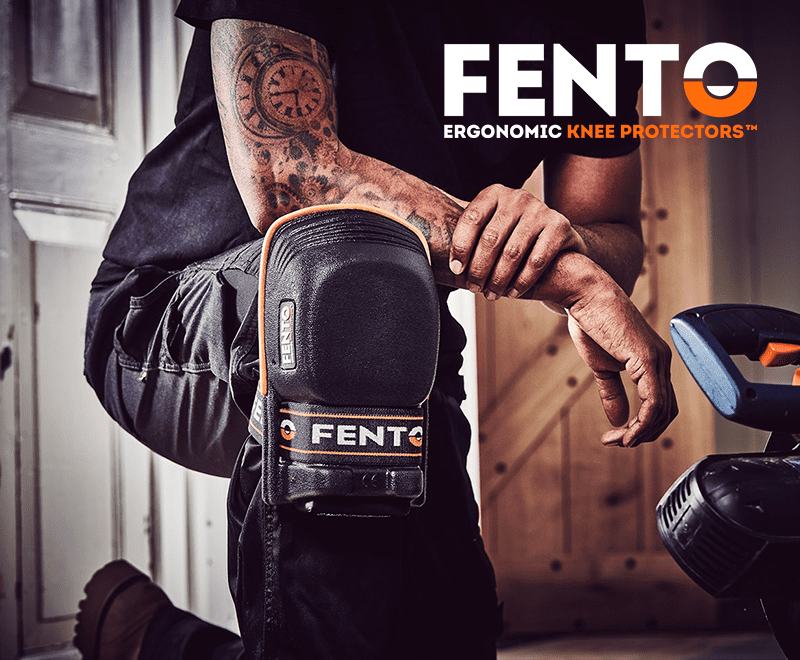In July 2024, Australia banned engineered stone to reduce the risk of silicosis, a lung disease caused by exposure to respirable crystalline silica (RCS). In response, Cosentino commissioned the University of Castellón’s fully independent and ENAC accredited Instituto de Tecnología Cerámica (ITC) to compare its Silestone Q10 commercial products against granite stone materials to ensure the safety of its products, says Cosentino. It adds: “The ITC was chosen for its ability to fully standardise and automate testing procedures in line with EU regulations to remove any potential operator flaw.”
Key findings from ITC’s research
The ITC’s findings are clear: there’s no support for the notion that engineered stone dust is uniquely hazardous, says Cosentino. The research indicated the granite tested contained 32% crystalline silica (granites may contain up to 45%), whereas Silestone samples had lower levels, ranging from 4% to 4.6%. These findings point to the potential for low silica engineered stone to further reduce RCS exposure risk when appropriate safety measures are in place, says the company.
It adds: “The study also found that wet cutting can reduce respirable dust emissions by 70-90%, highlighting the importance of proper cutting techniques. Even when dry-cut – a practice to be avoided in real settings, the emission factor of respirable crystalline silica per linear meter cut for granite was 312.1 mg/m, compared to Silestone samples 11.2 to 61.0 mg/m. This difference underscores the importance of considering the type of stone when evaluating RCS exposure risks.”
Volatile organic compounds (VOCs) are said to be another concern often associated with engineered stone, but the ITC study found no detectable VOC emissions during the dry cutting of Silestone. This indicates that engineered stone doesn’t pose a higher risk of VOC exposure compared to natural stones, says the company.
Cosentino’s view: control measures save lives
Reducing silicosis risks hinges on the consistent implementation of proper safety practices and control measures. A report by Monash University revealed that 97.5% of silicosis patients in Victoria, Australia, between 2019 and 2022, were cutting dry and without dust reduction measures, says the company. The use of water cutting tools can reduce dust and respirable crystalline silica emissions by up to 90%, demonstrating the impact of ensuring proper safety practices are in place. When paired with proper ventilation and appropriate respiratory protection equipment, these control measures can significantly reduce risk factors and improve workplace safety.
Cosentino says it aims to support stone-working professionals across the industry by sharing knowledge about silica risks and best practices. It adds: “Our dedicated Health & Safety website, accessible via a QR code on every product label, is just one of the ways we do this. We work closely with occupational health regulators and industry bodies internationally to advocate for greater protection across the industry.”
Cosentino says it advocates for enhanced regulation and enforcement, including a licensing scheme that mandates minimum controls for processing any crystalline silica-containing product. This approach would ensure that all materials, whether engineered or natural stone, are processed safely, reducing the risk of silicosis.
Cosentino says it’s investing in the development of more sustainable, lower-silica products that will help fabricators control silica dust exposure at the source. Silestone products are safe when fabricators follow regulations and implement effective health and safety protocols, which is why Cosentino is committed to educating employees about proper safety measures and working with regulators to advocate for industry-wide standards for fabricators, says the company.
It concludes: “Without these measures, workers across various geographies, sectors, and materials will remain vulnerable to a preventable disease. With proper safeguards, engineered stone can be worked with safely, offering a viable alternative to natural stones without compromising worker health.”
www.cosentino.com











